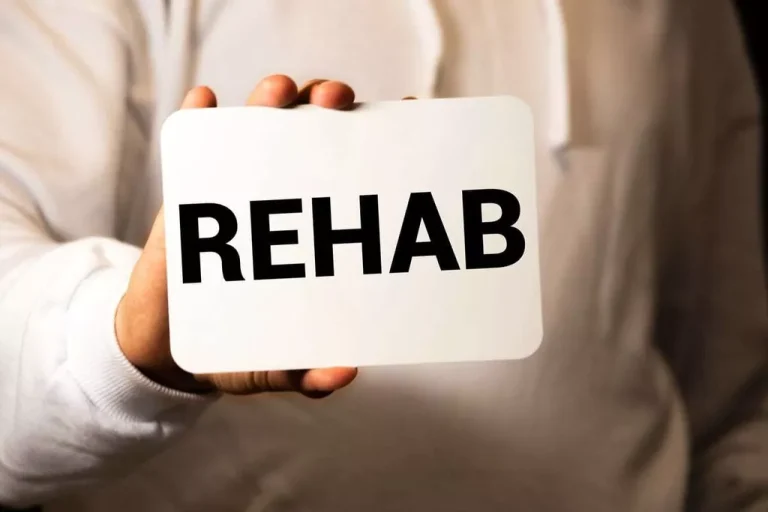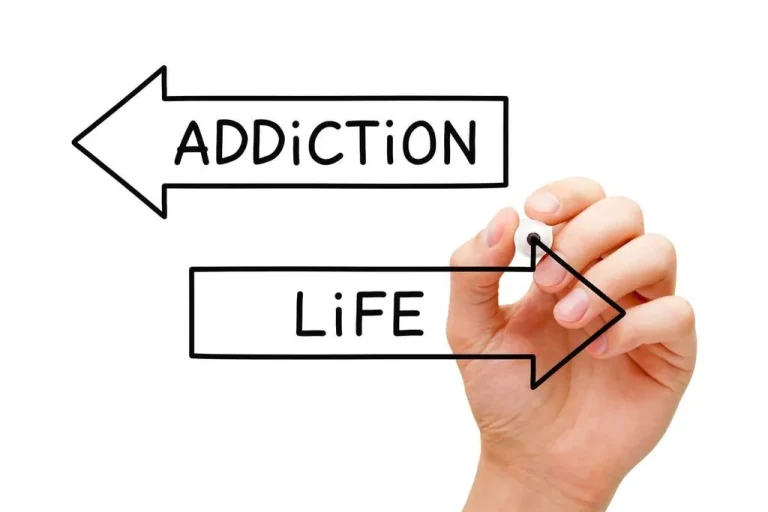
However, these medicines are not approved for use by healthy people, in higher doses or in combination with other substances. Using drugs to improve performance in sport may lead to an athlete being banned and may also harm their health. Physicians should pay attention when prescribing different substances, as well as pharmacists who release the medication. By releasing a drug on the list of prohibited substances, the athlete may be disqualified, so the regulations and the list of prohibited substances should be carefully studied before prescribing a medicinal product.
How Effective Is Rehab and Drug Addiction Treatment?

This review examines the history of doping in athletes, the effects of different classes of substances used for doping, side effects of doping, the role of anti-doping organizations, and treatment of affected athletes. Doping goes back to ancient times, prior to the development of organized sports. Performance-enhancing drugs have continued to evolve, with “advances” in doping strategies driven by improved drug testing detection methods and advances in scientific research that can lead to the discovery and use of substances that may later be banned. Many sports organizations have come to ban the use of performance-enhancing drugs and have very strict consequences for people caught using them. There is variable evidence for the performance-enhancing effects and side effects of the various substances that are used for doping. Drug abuse in athletes should be addressed with preventive measures, education, motivational interviewing, and, when indicated, pharmacologic interventions.
- Proponents of allowing athletes to use HGH argue that HGH can be used safely by athletes to repair injuries and that adult athletes should be able to make their own choices about their bodies.
- It is important to relay that none of these studies presently look at athletes but this review attempts to lay out some data to support further evaluating such treatments in this distinct population.
- In this review, an attempt will be made to explore the literature related to some of the most common substances of abuse with an emphasis on alcohol, opioids, nicotine, cocaine and marijuana.
What should I do if I need to take medicine for a health reason?
They can shorten not only an athlete’s career but their lifespan as well. We only have to look at bodybuilding, a sport that has historically encouraged PED use, for https://ecosoberhouse.com/ proof of this fact. In the 1990s, it was common for pro cyclists to use erythropoietin. Doping with erythropoietin may raise the risk of serious health problems.

Synthetic oxygen carriers
Motivational interviewing (MI), Cognitive behavioral therapy (CBT) and Contingency Management (CM) are implemented to increase motivation to decrease use and ultimately change their behaviors. There is no reason to believe these techniques and variations of such would not be successful in athletes but more studies drug use in sports are needed. In athletes, a few studies looked at spit tobacco use by implementing dental exams with subsequent counseling by the dental technician if screening for nicotine use was positive. In one study, tobacco use decreased by about 15.5% over a 10-year period incorporating these methods [31,39].
A new way of testing
Your health insurance company will only pay for services that it determines to be “reasonable and necessary.” The treatment center will make every effort to have all services preauthorized by your health insurance company. If your health insurance company determines that a particular service is not reasonable and necessary, or that a particular service is not covered under your plan, your insurer will deny payment for that service and it will become your responsibility. Addiction Resource does not offer medical diagnosis, treatment, or advice.
- Proponents of allowing athletes to consume marijuana argue that the benefits for athletes are well-documented, that the drug is better than opioids, and that the ban is a continuation of an unjust drug war.
- Instead, we can make a general classification according to how they act.
- Sport Integrity Australia is Australia’s national anti-doping organisation.
- With the ever-mounting pressures faced by athletes, it is not surprising that drug abuse by athletes exists across essentially all sports and age groups.
- Despite the limited nature of this literature, the data presented so far may be a promising avenue to explore in a population in need of better treatment options.
- It is an anabolic steroid, and in fact, most anabolic steroids misused by athletes are synthetic variants of testosterone.

Activities that can give an athlete an unfair advantage are also banned. Having a blood transfusion to increase the number of red blood cells in the body is an example of this. Can include tampering with samples, substitution and/or alteration of urine, catheterization, and intravenous infusion. Intravenous infusion is prohibited unless there is an acute medical situation (i.e. acute blood loss) for which the use of this method is necessary. When used to treat legitimate medical conditions such as heart failure, high blood pressure, kidney and liver problems and glaucoma, and under the supervision of a trained doctor, diuretic use is quite safe. Blood transfusion is an effective and relatively simple method of allowing athletes to boost the number of red blood cells in their blood, improving their aerobic capacity and endurance.
Androgen use, misuse and abuse clinical summary guide Healthy Male
- Side effects are self-limiting to headache and scalp pain with a slight increased risk of seizure of up to 0.5% [48].
- Further complicating the issue is that marijuana, as a medical or recreational drug is legal in most US states.
- You can read more about performance-enhancing drugs at Australian Academy of Science.
- What has become evident is that doping practices have evolved from the use of anabolic steroids to improve strength, to masking agents to cover banned substances and strategies to improve endurance and speed-up recovery time from injury and overtraining.
- One other promising avenue for potential future treatment may involve the use of ketamine for substance use issues in athletes.
As early as 1963, France had been the first country to enact anti-doping legislation. Other countries followed suit, but international cooperation in anti-doping affairs was long restricted to the Council of Europe. In the 1980s, there was a marked increase in cooperation between international sports authorities and various governmental agencies. Before 1998, debate was still taking place in several discrete forums (IOC, sports federations, individual governments), resulting in differing definitions, policies, and sanctions.







